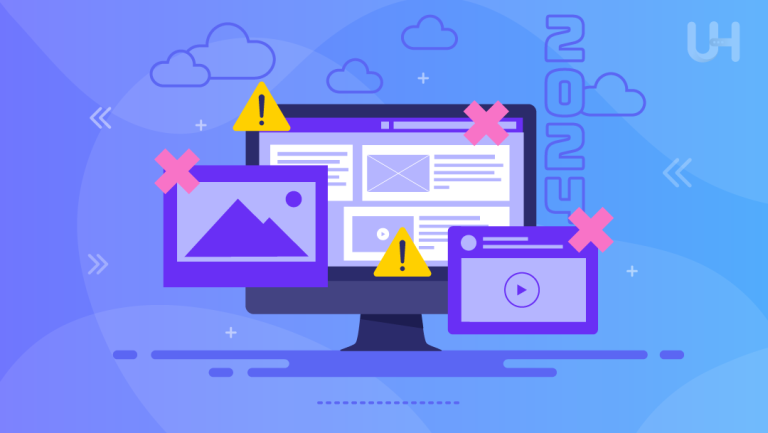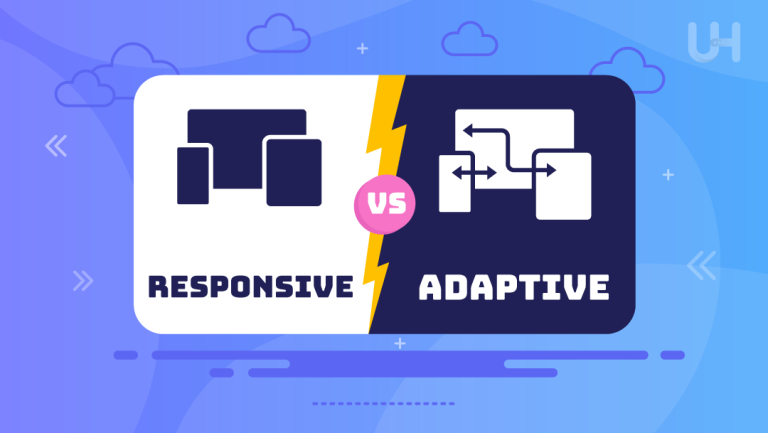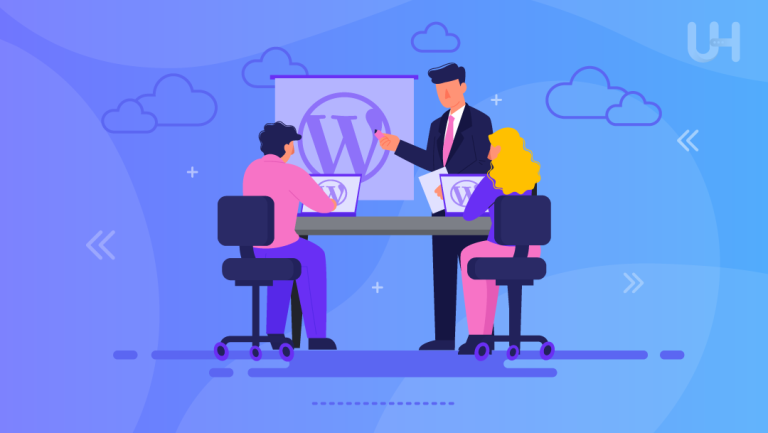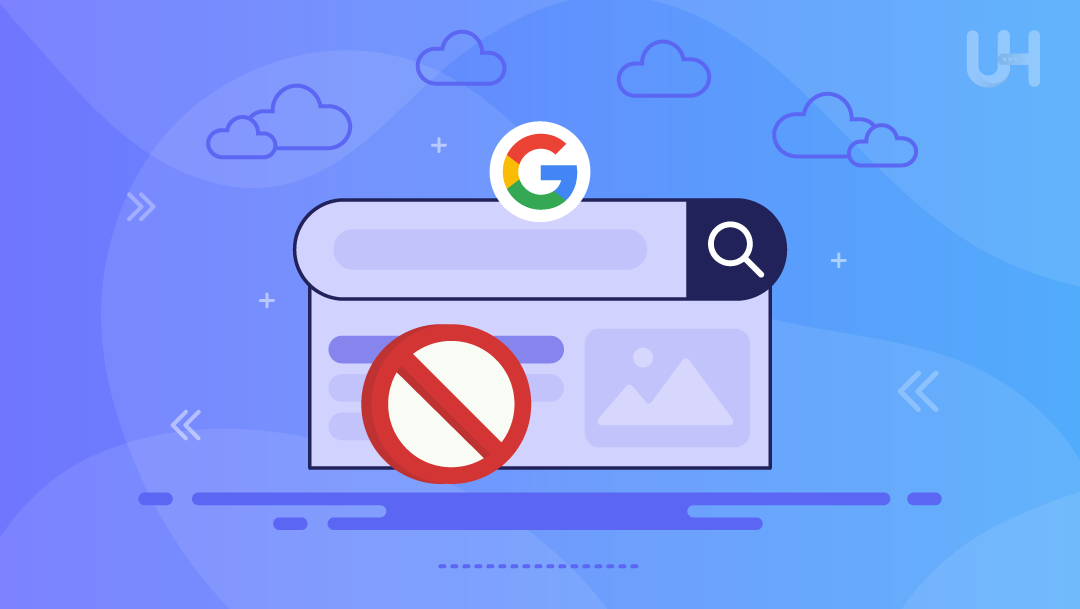As digital trends are continuously changing at breakneck speed, redesigning may be the most strategic step one’s business can take. It also means technologies and user expectations are moving, so staying on top means having a sleek, user-friendly website that builds brand credibility and enhances user engagement. A website redesign isn’t just an aesthetics update but is also about building a strong platform that would align with your current business goals and provide seamless user experiences.
In this article, we will consider all the steps that make a website redesign successful, from understanding the difference between the two most common terms redesign and refresh, knowing when exactly it’s time to redesign a website, to actionable steps that help facilitate efficiency in the redesign process.
What is a Website Redesign?
A website redesign essentially overhauls your already existing site to improve its appearance, functionality, and usability. Unlike minor updates or tweaks, a redesign is usually larger in scope and might include updating the design, layout, content, and sometimes even the code at the back. The major focus of a website re-design is to provide a site that aligns with current branding, user needs, and performance goals.
Most website redesigns implement design trends and new technologies to improve the user experience. This may range from upgrading the visual design and UI to refining the technical architecture and back-end functionality. All these updated elements will surely help businesses build a more competitive online presence that is relevant to their target audience.
Website Redesign vs Website Refresh
When making updates, a major level of planning will differentiate between a redesign and a refresh, as each serves different goals and project scopes.
A website redesign comprises major or significant changes to a site’s core, functionalities, and structure. These may range from anything from the integration of new features to reworking the layout to enhance usability. Additionally, the refreshment of the website means light changes that are usually superficial. This may relate to a combination of design and color scheme changes, font style, or images utilized on the website. A refresh would involve more cosmetic-type updates to your website to keep it current without overhauling its functionality and/or structure. Whether you need a refresh or a redesign of your website showcases the difference between what currently exists on your website and how that interacts with your goals.
When to Redesign a Website?
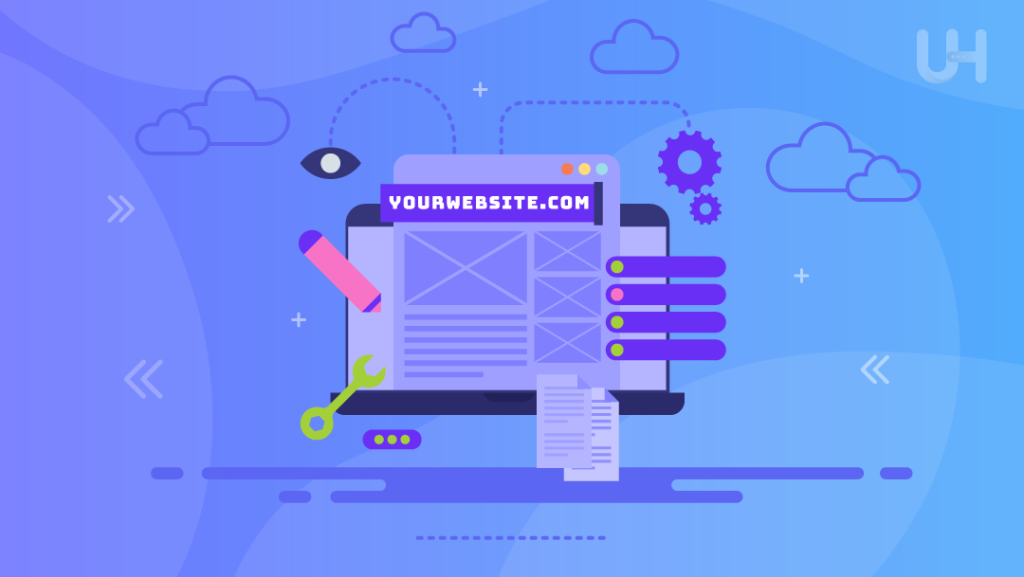
Redesigning is all about timing. However, some scenarios can require a full redesign of the website.
Rebranding or UI Improvement
If your brand has undergone rebranding, such as a change of logo, color scheme, or core messaging, then it is important that the website show this new identity. That’s where the redesigning of the UI comes in, which is essential in bringing cohesion and consistency across all digital touchpoints.
UX Improvement
It might be time to improve the UX if there is a low engagement or a high bounce rate on the website. A UX-based redesign can linearize navigation and lessen user friction because of an intuitive manner of navigating through your site, thus translating into better experiences and visitor satisfaction with higher conversions.
Improving Design
If the website design has become outdated, it may give the wrong impression of your business. An upgraded design can maintain freshness and relevance in your image, showing that your brand is in step with the trends at any moment. A new design can also provide better accessibility and responsiveness on different devices, where screen sizes also differ.
Improving SEO and Website Performance
SEO and website performance play a huge role in user engagement and rankings. If performance is slow or if the site isn’t optimized for search engines, a redesign can resolve these issues. This can involve optimizing images, rewriting code, or improving site speed to give your website the best chance to rank highly in results.
Launching a New Product/Service or Adding Additional Features
If there are new product launches and services you may wish to offer, adding a blog or customer portal, then a redesign would be in order. Adding new functionality and sections improves user engagement and aligns the website with business objectives.
Improving Website Conversions
If your website isn’t converting visitors to users well, a redesign can introduce elements that focus on conversion rate optimization. That may mean better CTA placements, optimized landing pages, and improved navigation to help users smoothly through the sales funnel.
Optimize Your Website’s Performance Today!
Are you ready to boost your website’s speed and reliability during your redesign? With UltaHost’s fast WordPress hosting, you can ensure a seamless experience for your visitors. Don’t let slow loading times hold back your new design.
How to Redesign a Website?
The steps below will enable one to navigate the redesigning process once they have decided that it is time.
Clearly Define Your Goals
Define what you’re trying to achieve with your redesign: more engagement, better branding, conversions-one of the above, or all? Having clear goals means that you can measure success and ensure everything in your redesign serves a purpose.
Website Audit
A complete website audit helps identify strengths, weaknesses, and areas that need enhancement. Appraise the current design, functionality, SEO performance, and content quality. Once you understand what works and what doesn’t, you may create a redesign plan that leverages your site’s strengths while improving any shortcomings.
Identify Your Target Market
Secondly, know your audience. Do market research or leverage analytics already available to you to determine your website visitors’ demographics, behaviors, and preferences. This will help inform your design decisions and ensure that the new site appeals to the target users.
Plan your site structure, thinking about how a user will find it easiest and most logical to navigate a site and its information flow. Outline the hierarchy of your pages and how a user will get information. The well-organized structure enhances the user’s experience and pays dividends in SEO, given that search engines can crawl the site more efficiently and index it accordingly. Pairing this with secure WP hosting ensures that your site remains safe and reliable, supporting both user trust and search performance.
Wireframing and Mockups
Wireframes represent the low-fidelity blueprints of your layout, where you can visualize where different elements would go. Then, mockups bring it to life by adding color, font, and images. Wireframes and mockups let you get feedback early and make more improvements before going into development.
More Focus on Content Strategy
Content lies at the heart of your website’s capability to engage and convert visitors. Audit the current content, noting what needs to stay, what needs to be updated, and what needs to go. With the support of managed WP VPS, ensure your content is delivered quickly and reliably. Develop a new content strategy that meets the needs of your brand message and users. Write in a specific, concise way, using best practices in search engine optimization to spice up your search rankings.
Mobilize Your Website
With more users using their mobile devices to surf websites, responsive design should be among the top priorities. Your new website should flow into different screen sizes and offer the best performance on every device. Optimizing your website for mobile will also enhance your search engine optimization since search engines give this preference.
Implement SEO Best Practices
SEO is not an afterthought; it should form part of the redesign process. Code clean and efficient code, create keyword-heavy content, optimize images and meta descriptions to improve search engine ranking-all regularly for visibility over the long run.
Cross-Browser and Device Testing
Pre-launch, do ample testing on different browsers and devices to determine compatibility. Also, pay more attention to the web design principles & elements, loading time, and responsiveness for an overall smooth experience.
Release and Collect Feedback
Once testing is complete, it’s time to launch your redesigned site. Observe how your users behave and ask them for feedback to make those last adjustments. Use web analytics to track key performance indicators, like bounce rates, page views, and conversion rates, to ensure the site reaches its objectives.
Plan for Continuous Improvement
This is highly important because website redesigning is not an event; it’s a process. Realign your site very often by using user responses and analytics input to upgrade it to meet users’ expectations and the newest industry typography trends. This will give you a competitive edge and ensure your website is one of the biggest corporate assets.
Conclusion
Redesigning a website can be overwhelming but a worthy project; it infuses your website with fresh breath. By following these steps, setting clear objectives to a well-thought-out focus on user experience, and thorough testing, you will likely get a newly redesigned website that looks great and performs well. Remember, a successful website redesign respects both your business goals and the needs of your users, ushering in long-term success in the monthly changing digital landscape.
To enhance the impact of your website redesign, consider UltaHost’s SEO hosting services for improved visibility and performance. Optimized server configurations and expert support can boost your site’s rankings and attract more organic traffic.
FAQ
How often should I redesign my website?
A redesign is typically recommended every 2-3 years or when performance drops significantly.
What’s the difference between a redesign and a refresh?
A redesign involves a complete overhaul, while a refresh includes minor updates like colors and fonts.
How long does a website redesign take?
Depending on the complexity, a redesign can take a few weeks to several months.
Will a website redesign affect my SEO?
Yes, it can impact SEO. Following best practices can enhance rankings, but changes must be managed carefully to avoid disruptions.
How can I measure the success of my redesigned website?
Track metrics like bounce rate, conversion rate, time on page, and overall engagement compared to the old design.
Should I redesign if I’m adding new features?
If new features significantly affect the layout or user experience, a redesign can help maintain a cohesive interface.
What should I avoid when redesigning?
Avoid rushing the planning, neglecting mobile optimization, ignoring SEO, and making too many changes simultaneously.






